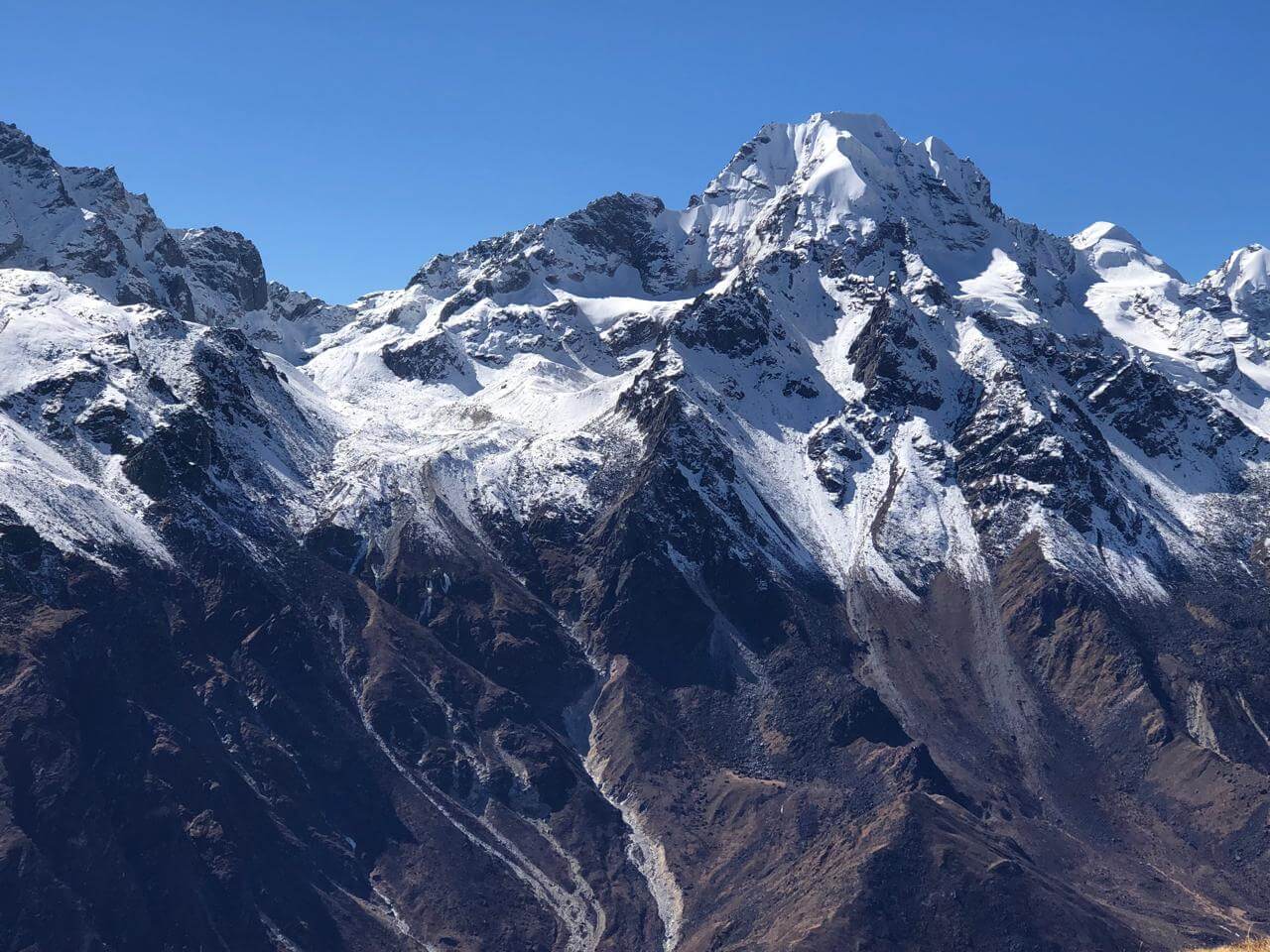Nepal Tourist Visa – A Complete Guide
If you are planning a trip to Nepal, the entry process is simple and traveler-friendly. Most visitors arrive through Tribhuvan International Airport (TIA) in Kathmandu, where a tourist visa on arrival can be obtained quickly. This facility is also available at several land entry points. The system is designed for convenience, although during peak trekking months you may have to wait in line. To avoid queues, travelers also have the option of securing their visa beforehand from a Nepalese embassy or consulate abroad. Keep in mind that visas issued overseas must be used within six months of approval, and the validity period only begins once you officially enter Nepal.
The visa issued at the airport or land borders is always a tourist visa and includes multiple-entry access. This visa covers most travel purposes such as trekking, cultural tours, or family visits. If your reason for staying changes such as volunteering or employment—you must apply to modify the visa category at the Department of Immigration. However, nationals from some countries, including Afghanistan, Iraq, Nigeria, Somalia, and Liberia, are required to arrange their visa in advance from a Nepalese mission abroad, as they are not eligible for the visa-on-arrival service.
How to Apply, Fees, and Visa Extensions
The visa process in Nepal is divided into three steps. First, you complete an arrival card and fill out the tourist visa form. This form is available online on the official immigration website or can be completed at kiosks inside the airport. If you fill it out online, print the confirmation slip with a barcode and bring it with you it remains valid for 15 days. Second, pay the visa fee based on your intended stay: USD 30 for 15 days, USD 50 for 30 days, or USD 125 for 90 days. Payments are accepted in different ways, though carrying cash is strongly advised. Finally, proceed to the immigration desk with your documents, receipt, and passport to receive your visa.
For longer visits, the tourist visa can be extended at the Department of Immigration in Kathmandu or the Immigration Office in Pokhara. The minimum extension is 15 days at a cost of USD 45, and each additional day is charged USD 3. If you apply late, there is a fine of USD 5 per day, valid for up to 150 days. Nepal also issues Gratis Visas (free of charge) in certain cases for example, children under 10 years (except US citizens), Chinese nationals, NRN (Non-Resident Nepali) cardholders, and first-time SAARC citizens (except Afghanistan) for up to 30 days. Some countries, such as China, Russia, Brazil, and Thailand, benefit from reciprocal agreements, meaning their citizens may not need to apply for an entry visa at all.







